#warrior women
Text
Women warriors of China (2nd to 6th century CE)

"Warfare defined the age of disunion. Women sometimes had a role in war, and they even undertook certain forms of military service. People respected prowess in the martial arts—in women as well as men—and even empresses and noblewomen honed their skills in horseback riding and archery. For a time, it was fashionable for southern ladies to wear ornaments of gold, silver, ivory, and tortoiseshell in the shape of miniature weapons. People from earlier eras had regarded any female participation in warfare as a gross violation of the fundamental distinction between the sexes. But society had become so thoroughly militarized that it became acceptable for women to have a role in war.
During the Zhou dynasty, the military class of minor aristocrats called shi had been considered a moral elite, and strict ritual rules enforced high standards of conduct. Given the ancient connections between military service, high rank, and virtue, a female warrior could gain admiration for her moral superiority. Traditionally, women fought for the sake of Confucian virtues such as righteousness (yi) and filial piety. Han dynasty writings describe female role models noted for both bravery and virtue. Moral principles sometimes spurred women to violence, as they sought vengeance on behalf of a wronged kinsman or fended off unwanted sexual advances. Six Dynasties authors continued to celebrate virtuous female fighters. A woman who beat her husband’s murderer to death received an imperial amnesty due to her righteous behavior. And when one man wanted to force a woman to marry him, she fended him off with a sword, earning praise as a model of female integrity.
Other women took part in military operations. Emperor Wen of Jin and Empress Wenming conducted an important military campaign together, and she received equal credit for managing important military matters. Northern rulers sometimes employed women from the steppe as palace bodyguards. There was also the case of a woman who became a general, albeit under unusual circumstances. Her father, a noted military officer, had been ordered to lead an army while still in mourning for his deceased mother. He did not want to violate his mourning obligations, so he appointed one of his daughters to be general and another daughter as a high-ranking officer so that they could serve in his place. Historical records do not reveal whether these women prosecuted the war themselves or merely acted as figureheads on their father’s behalf. Either way, the soldiers consented to taking orders from a female general.
In wartime, large numbers of women found themselves pressed into military roles. During a siege, female inhabitants served alongside men on the city walls, fighting and also repairing the fortifications. And women born into military households lived a martial life. As these families tended to intermarry, their women spent their lives immersed in war. With conflict so frequent, they often accompanied their husbands on campaigns and lived in army camps. When war loomed, entire families would embark on a military campaign.
Even though classical ritual forbade women from participating in war, some nevertheless took on military roles. As the Han dynasty disintegrated, women began to have a more visible presence in military camps. Both the warlord Cao Cao and his foes used female troops on the battlefield, where they brandished spears, halberds, and bows. In that era, soldiers became a distinct social caste. The daughter of a soldier could only marry another soldier, so a woman born into a military family had no choice but to spend her life in a military environment.
The law sentenced men convicted of certain crimes, and their wives, to military service. Under the Northern Qi, both convicts and their female family members became soldiers. Like their husbands, women pressed into military service lived under strict discipline. If a man committed an infraction or absconded, authorities punished his wife as well. As in armies elsewhere in the world, most of these women lacked special skills or fighting ability. Instead they provided support, constructing fortifications, handling provisions, mending weapons, defending their camp, and doing domestic chores. Only occasionally did they go out on the battlefield.
Although the north lacked an institutionalized system of military communities, the women of military households often followed their husbands off to war. The Xianbei traditionally expected their women to be strong and to fight when necessary. The militaristic values of nomadic conquerors gave rise to the famed ballad of Hua Mulan, composed by an anonymous northern poet. In this story, when Mulan’s father is drafted, she disguises herself as a man to serve in his place. She becomes an exemplary warrior and distinguishes herself with outstanding heroism. Mulan is even offered an official post in recognition of her courage, which she modestly declines. Instead she returns home, dons female attire, and resumes conventional female life.
The tale of Mulan has captured the imaginations of generations of readers, and it continues to be retold in new ways. Although audiences today appreciate this story as an engaging fantasy, it originally seemed much closer to quotidian reality at a time when many women belonged to military households and received martial arts training. Mulan’s respect for Confucian propriety helps account for her perennial appeal. She does not dress like a man or become a warrior out of desire or ambition. Instead she sees these unpleasant actions as a way to protect her father from harm. After succeeding on the battlefield, she refuses to continue dressing as a man and bearing arms. Instead she returns home and resumes a stereotypical female life. The original readers could accept Mulan challenging gender norms and taking on a masculine identity only because she undertook it as a temporary sacrifice for the sake of moral duty. By mixing conservative Confucian integrity with startling violations of feminine decorum, Mulan has captured the hearts of numerous readers and remains an object of fascination both in China and abroad."
Women in early medieval China, Bret Hinsch
#history#women in history#women's history#women warriors#warrior women#china#chinese history#asian history#mulan#2nd century#3rd century#6th century#historyblr#historical figures#hua mulan
51 notes
·
View notes
Text
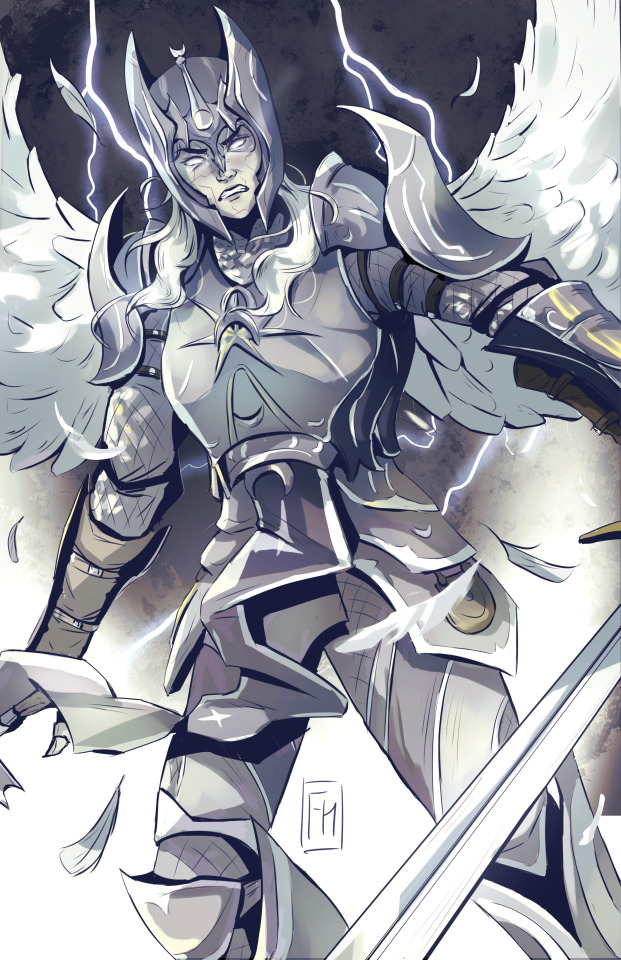
In the name of the moon she will punish you
#myillustration#dame aylin#nightsong#bg3#baldurs gate 3#fanart#larian studios#selune#cleric#lady knight#warrior women#live shot of her storming to fight lorrorakan with 4hp cuz she doesn't heal between fights#rip
1K notes
·
View notes
Text

"Sin Eaters"
Finally finished this epic piece for my homebrewed space marine chapter of warrior-women, the Sin Eaters! I was shooting for that classic Codex vibe, while sticking in a few of those old Rogue Trader-esque elements that I always love. Maybe I'll mock up some kind of faux-codex cover with some graphics later down the road.
Commissions open! You can also support my Patreon to see this and more in their full resolution: https://www.patreon.com/rylanwoodrow
#illustration#40k#warhammer40k#fanart#warhammer#40kfanart#astartes#space marines#space marine#female space marines#Feminist 40k#kali#durga#mahakali#warrior women#games workshop
429 notes
·
View notes
Text

Happy Warrior Wednesday!!
Today I want to celebrate all my armored ladies, no matter how much, or how little armor you wear. You're incredible and I love you all. ❤️
Keep being awesome!
Photo with miss_witchhh on IG.
#women in armor#armored women#lady knights#dames#Hah! You ignorant fools. You know nothing of the secret womanly powers of the uterus! It's effects are greatest when exposed!#stjepan sejic quote#chainmail chums#warrior women#dame archer#miss_witchhh#archer inventive
2K notes
·
View notes
Text
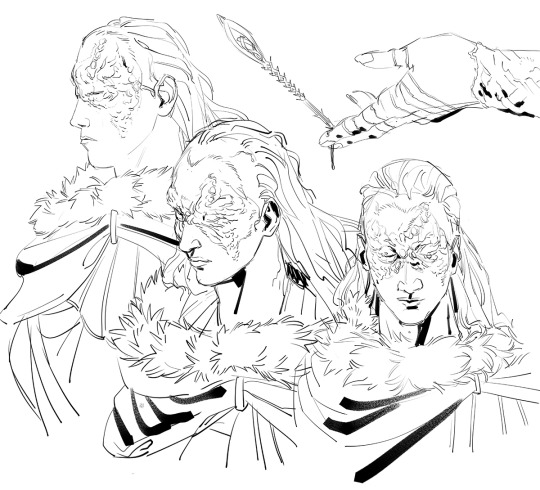
I drew malenia from elden ring without her helmet on! her voice is very sexy!
#elden ring#malenia blade of miquella#elden ring malenia#artists on tumblr#fanart#dark fantasy#elden posting#sketch#warrior women#knight
702 notes
·
View notes
Text
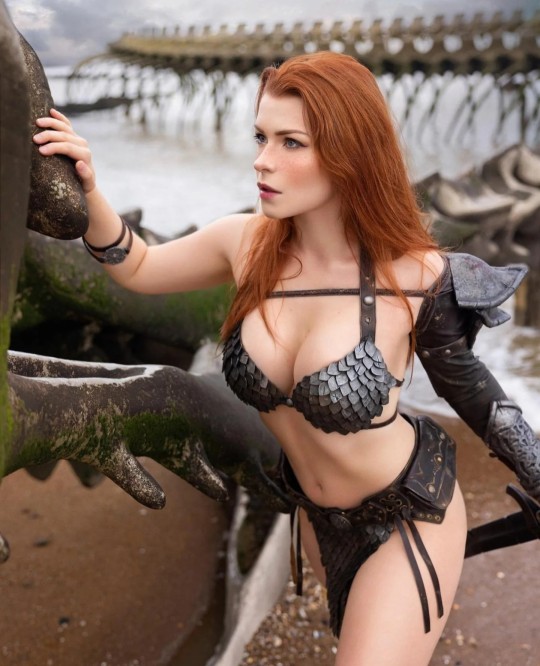
Red Sonja by Irina Meier
753 notes
·
View notes
Text

Well this is fantastic news.
#okoye#danai gurira#midnight angels#attoye#attuma x okoye#marvel#marvel mcu#warrior women#black girl magic
263 notes
·
View notes
Text
"Dr Sarah Stark, a human skeletal biologist at Historic England, said the findings provided “evidence of a leading role for a woman in warfare on iron age Scilly.”
“Although we can never know completely about the symbolism of objects found in graves, the combination of a sword and a mirror suggests this woman had high status within her community and may have played a commanding role in local warfare, organising or leading raids on rival groups.”
Stark added: “This could suggest that female involvement in raiding and other types of violence was more common in iron age society than we’ve previously thought, and it could have laid the foundations from which leaders like Boudicca would later emerge.”"
#warriors#history#women in history#warrior women#women warriors#women's history#iron age#archeology#england#english history
424 notes
·
View notes
Text
A reminder that this image exists:
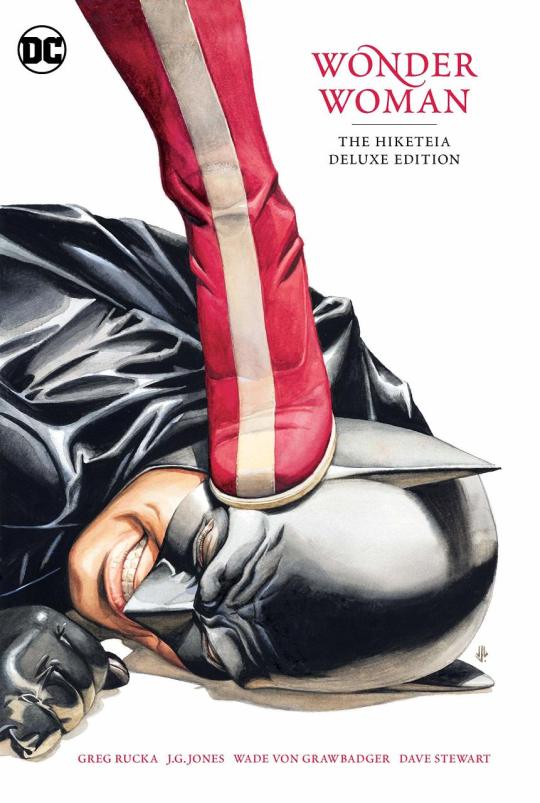
Any time I find myself fed up with the insufferability of the Batgod take on Bruce, such as him somehow being the most dangerous person in the world, I just need to remind myself that this is a thing that exists.
183 notes
·
View notes
Text
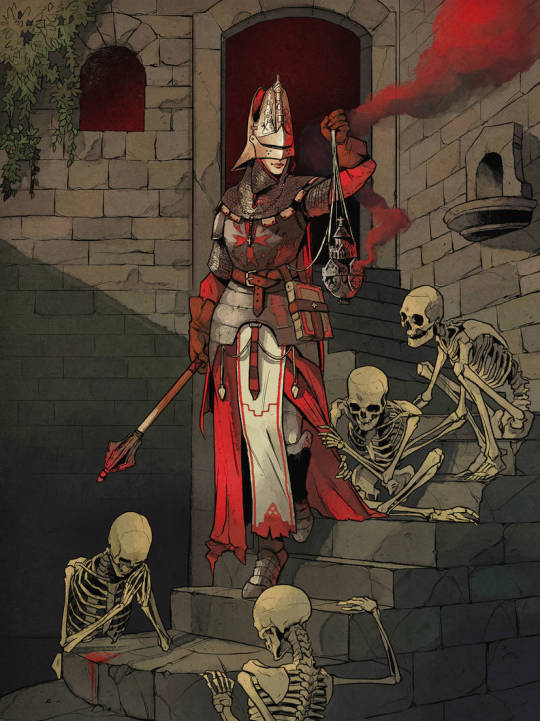
The Crimson Paladin by Deimos-Remus
423 notes
·
View notes
Text
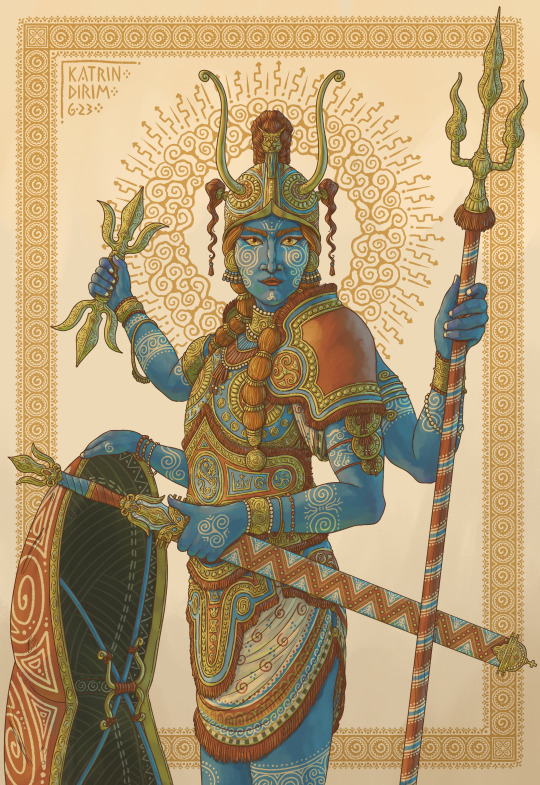
Henna-haired Vinga, dread rouser of battle-strife, unwearied leader of the host, who delights in the cry of war and battle
#artists on tumblr#fantasy#fantasy art#runequest#glorantha#mythologyart#illustration#digital art#goddess#warrior women#armour#fantasy armor#bronze age
474 notes
·
View notes
Text



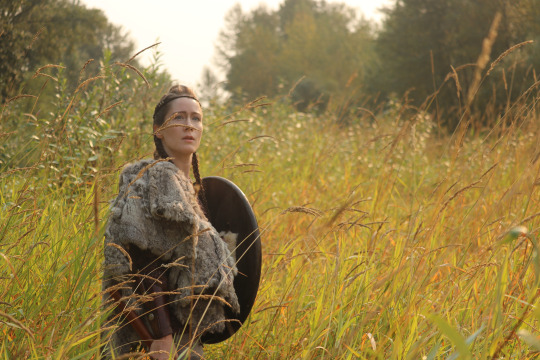
"Rise above the storm, and you will find the sunshine" -Mario Fernandez
These photos come from a recent sunrise excursion during Viking weekend at our local Ren Faire.
The gold light over the tall grass was truly gorgeous, and it was a fun way to start off a full day of festivities with friends.
Thank you to Liv F.H for capturing them. 💛
With: Alexis Baker & Rae
#shield maidens#shield maiden#viking#warrior women#sunrise#sword sisters#adventure#ren faire#wmrf2023#shields#fun with friends#viking braids#viking hair#archer inventive#knights of loreamour
617 notes
·
View notes
Text

A cass design I never posted! I wanted to see what she would look like having full armor!
#queer#wlw#artists on tumblr#fanart#tts#dark fantasy#cassandra tangled#tangled cassandra#tangled the series#tts cassandra#tangled#rapunzles tangled adventure#warrior women#armored women#women in armor
139 notes
·
View notes
Text

Black Widow by Irina Meier
296 notes
·
View notes


